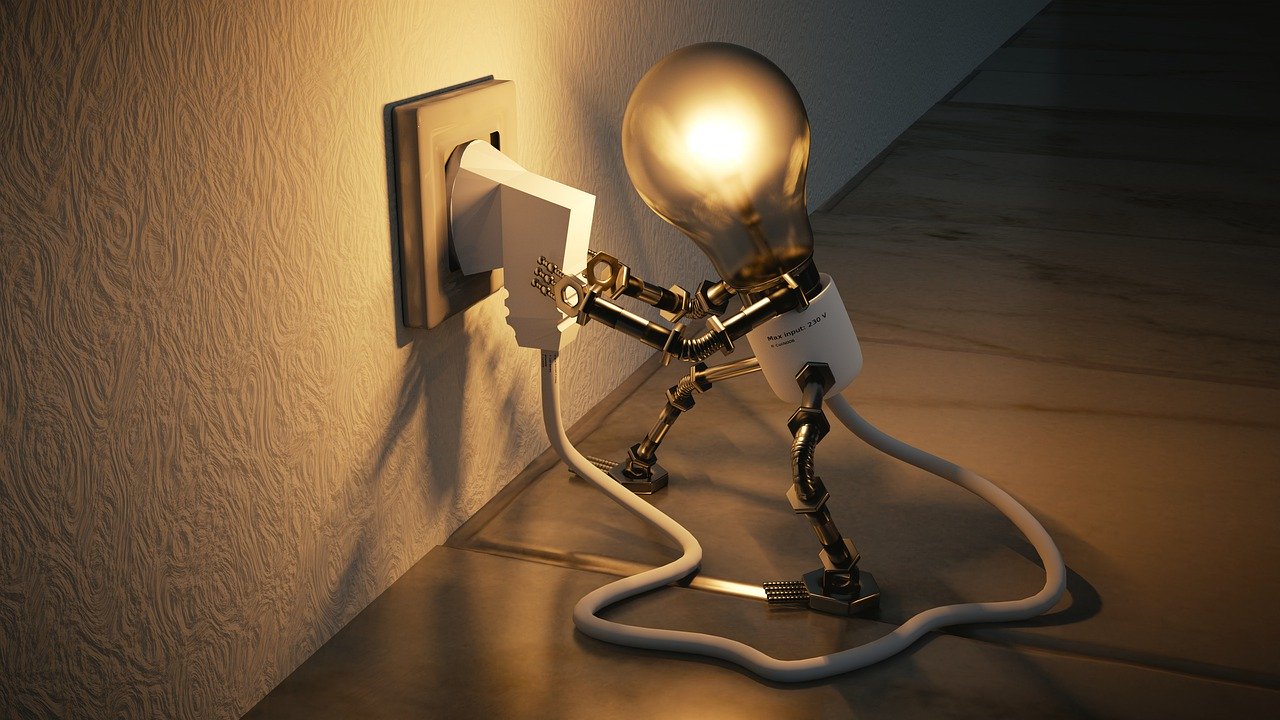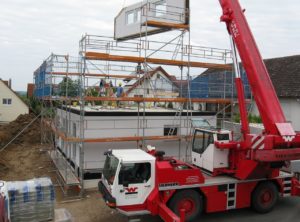A lot of homeowners in the UK are investing in various home improvements. With housing prices on the rise across the nation, you may also find it more practical to upgrade your house rather than search for property elsewhere. While you’re at it, though, consider some changes that will help reduce your long term costs by increasing the energy efficiency of your home. Here are some options you can look into.
Windows
As the main source of natural light in our homes, windows are a popular feature for home improvement. While you’re at it, consider that most of your home’s heat loss occurs through the windows. Simple workarounds, such as heavy curtains or sealed blinds, can provide a partial reduction of heat transfer. However, covering the window can effectively negate its prominence in your home design.
A convenient solution is to upgrade your windows for energy efficiency. Window film experts can provide professional installation services that are custom fit to your home and also cover additional needs, such as privacy and glare reduction.
Insulation
Your walls, floorboards, and roofing or loft areas are all places in the home where heat can be lost. If you’re upgrading, look into options that will help improve your overall insulation. Old houses with solid walls lose more heat, for example. Cavity walls provide better insulation, and existing cavity walls can be further improved by registered professionals injecting new insulation material. Applying mineral wool insulation on the ground floor, or accessible areas of a loft or attic can be an easy DIY project that saves both upfront and long term costs for your home.
Heating
Most households in our country spend considerably on energy that goes towards heating water. Your boiler may account for around 55% of energy consumption. If your home relies on a central heating system, there might be an opportunity for significant energy savings through a boiler upgrade.
Household boilers have an efficiency rating, designated on a standard scale from A to G. With an online search, you can look up your boiler’s make and model and determine its efficiency rating. Then you can check reviews of more efficient boilers and determine whether it’s time to upgrade.
Draught proofing
One of the easier home improvements you can make for better energy efficiency is to draught-proof your home. While some homes do require professional work, and you should leave intentional ventilation features alone, the common sources of unwanted draughts such as window frames and door gaps are a simple DIY fix using foam strips. Wall cracks can be filled with quick setting cement.
Lighting
Traditional light bulbs should no longer be in use in your home, replaced by more efficient CFL and LED bulbs. But making your home lighting more cost-effective can be furthered by adding the option to select bright or low lights in your rooms. This lets you only use bright lights when needed, and run on dimmer lighting at other times.
Solar panels
If you have a south-facing roof, having solar panels installed can be a great way to use sunlight to reduce your energy bills and also help save the environment. You may even qualify for the Domestic Renewable Heat Incentive scheme, depending on a number of factors.
If you already have some home improvements planned in these areas, then throwing in energy-efficient considerations as a bonus will be even more cost-effective. Keep an eye on these opportunities to save money and stay warm.



